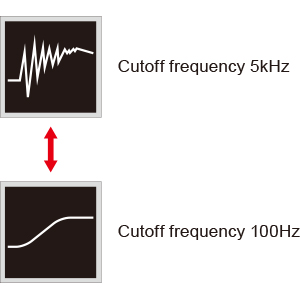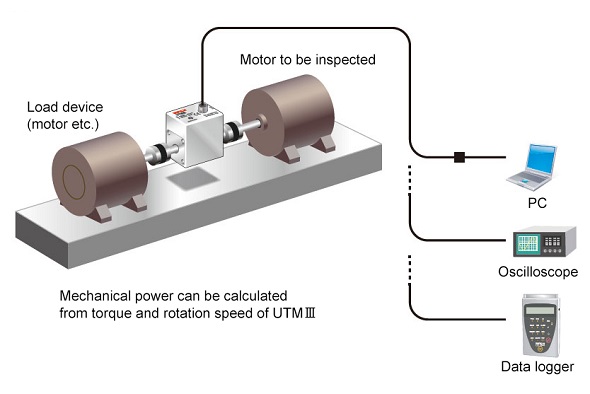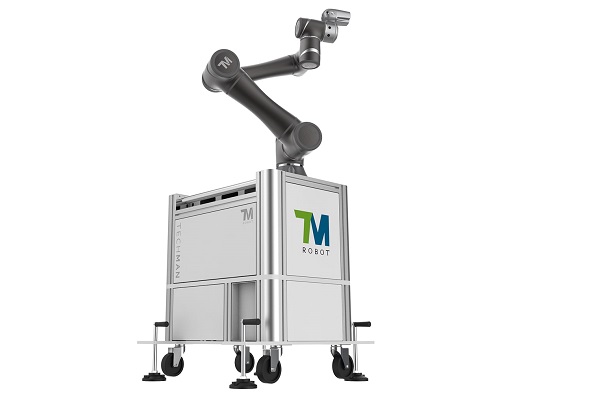1. Can wiring errors cause serious damage to the device?
The UTMII & UTMIII torque meters include internal protection circuits, so typical wiring errors will not immediately damage the device. However, high voltage, such as AC100V, can potentially harm the equipment.
2. Vibrations are detected after installation and during operation of UTMII & UTMIII. What could be the issue?
This may indicate shaft misalignment. Additionally, check if the coupling shaft is properly aligned.
3. Is there zero point drift after each installation, and can this be corrected?
The UTMIII torque meter features zero point compensation to adjust the zero point using a device like a PC.
4. Data measured from other torque meters differs when compared to the waveform data from UTM series. Why?
The UTM series shafts are robust and have quick response times, capable of capturing values previously unattainable. By integrating with our display units and configuring strong noise filters, you can observe similar waveforms as before. UTMIII has low-pass filters, and you can adjust these settings as well.

5. The output pulses of Encoder UTMIII (R) do not match the angle measurement of the motor's encoder.
- Because the torque measurement is based on shaft torsion, there may be an angular deviation between the motor drive shaft and the load shaft. This deviation is described by the "spring constant of torsion" in the catalog. Therefore, it's possible to align the product on the load side of the torque meter to measure the angle.
- Encoders measure the angle between the body and the shaft, so ensure the main body is securely fixed before use. After securing the main body, use a coupling shaft capable of compensating for eccentricity and angular deviation, such as a double-shaft coupling or flexible coupling.
- Angle errors can also be caused by the coupling shaft, so check the spring constant of the coupling shaft.
- If the motor uses a gear mechanism, there may be angular errors between the display angle from the motor controller and the output of the shaft.


 Read more
Read more



